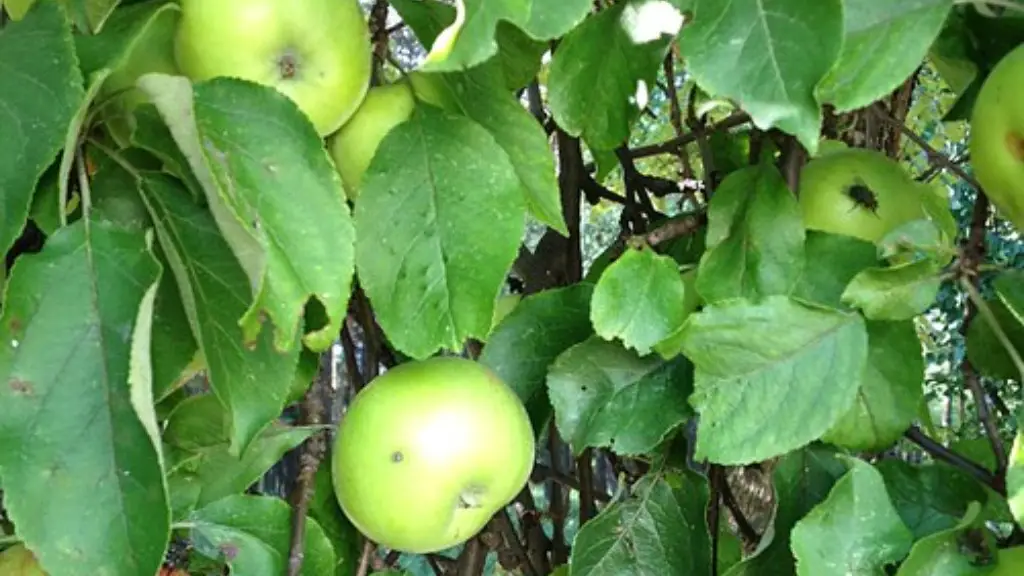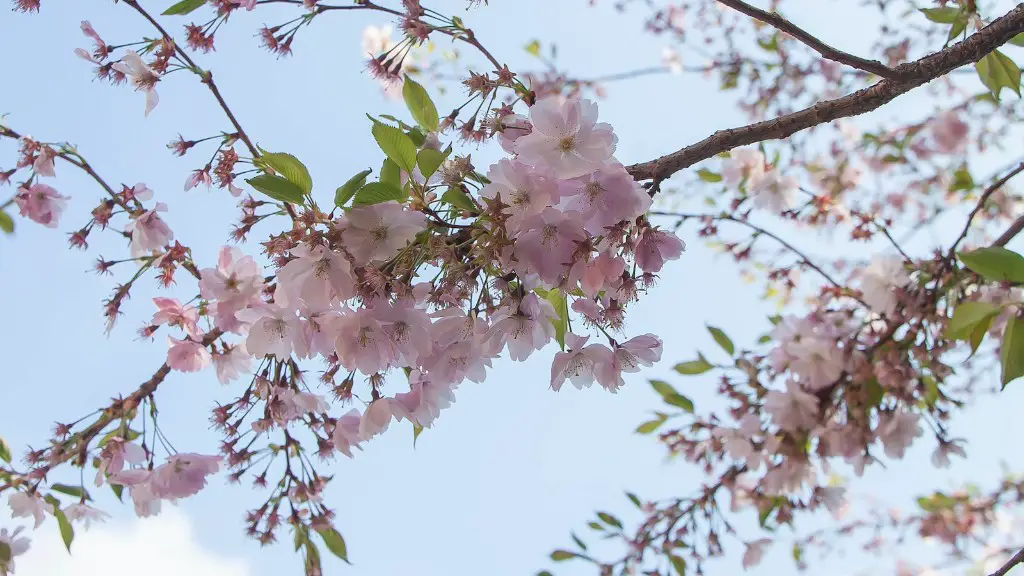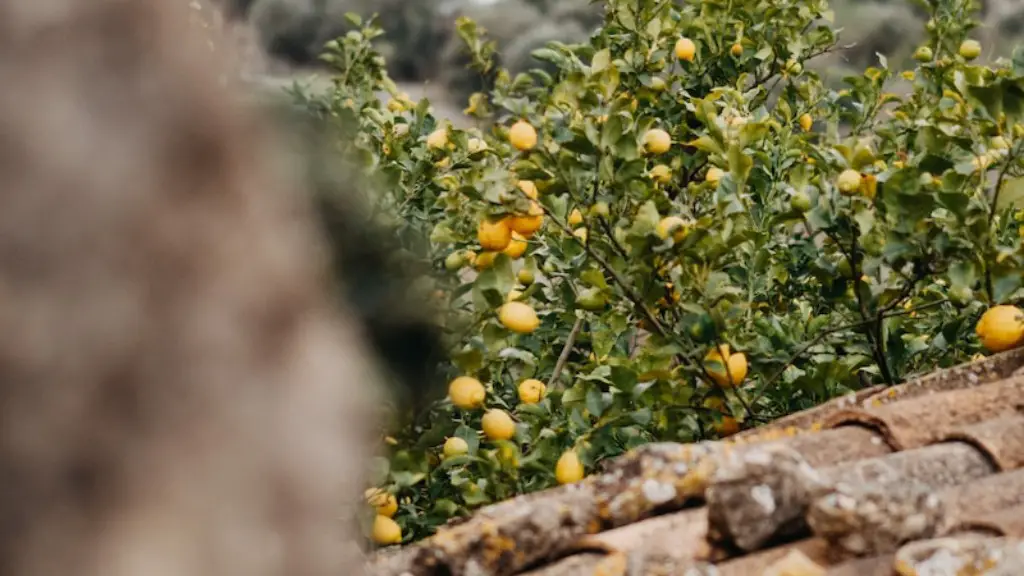When planting an apple tree, the most important factors to consider include the soil type, climate zone, and the rootstock. Before beginning, research the best rootstock for the region and tree type. The right rootstock will help ensure that the tree is strong and can bear a good harvest. Adding organic matter to the planting site will help create the ideal environment for the tree.
Choose the best time to plant, usually in the fall or spring. Planting too late in the summer can decrease the tree’s chance of survival. Begin by preparing the planting site; dig a hole 1 to 2 feet deep and twice as wide as the root ball. Place the rootstock into the hole, ensuring there are no air pockets or bends. To ensure the tree is properly planted and has enough support, lay a stake next to it. After planting, mulch to conserve soil moisture.
Water is essential for the tree to develop. An apple tree will need at least 1 inch of water a week, more during hot weather. Watering can be done through a hose, soaker hose, or sprinkler. The tree should be watered deeply, allowing the soil to absorb at least an inch of water.
In the first two years after planting, pruning is an important step. Take off the top third of the tree and remove any dead or diseased branches. This will help the tree become stable and branches reach their maximum growth. It’s important to only prune when the tree is dormant – usually late winter or early spring.
Fertilizing is necessary to ensure the tree is getting all the nutrients it needs to grow. An apple tree should be fertilized in the early spring and again in the summer. Choose a fertilizer high in potassium and nitrogen and always follow the directions on the package. If there is significant drought, fertilizer should be applied in the late summer.
Monitoring pests and disease is essential for a healthy tree. Insects like mites, aphids, and borers can cause severe damage if left untreated. If noticed, contact an arborist to help control the infestation. Diseases like fire blight, apple scab, and cedar apple rust can also affect an apple tree. Pruning infected branches and carefully disposing of them can help control apple scab and fire blight.
Insecticides and fungicides can be used to further protect the tree from pest and disease. Do not overuse or use in inappropriate concentrations. Always follow the packaging instructions. If unsure, reach out to an arborist to provide guidance.
Soil Type
When planting an apple tree, soil type is important. Apple trees will grow in clay, sandy, and loamy soils, but the ideal soil is a loam with a 5.5 to 6.5 pH level. Adding organic matter, compost, or peat moss will help to amend the soil if it is clay or sandy. Applying mulch will also help to retain moisture and suppress weeds, which will help the tree thrive.
Climate
The climate of the area is a major factor in deciding when to plant an apple tree. Apple trees can grow in a wide range of climates, but picking a suitable rootstock is essential for the tree’s success. Research the climate to determine which rootstock offers the best fit and is most resistant to disease in that area.
Rootstocks
Rootstocks are the basis for the apple tree and must be chosen carefully. Different types of rootstocks are suited for different climates. Some rootstocks are dwarfing, meaning the tree will stay small and will not require pruning, or have the ability to grow in wet, cold, or dry climates. Research different rootstocks and pick the one that best meets the needs of the area.
Planting Site
The planting site should be at least 15 feet away from any large trees, houses, power lines, or buildings. The ground should be level; if not, the tree should be planted at the highest point. The area should be free of weeds and grass, which will compete with the tree for resources. Always remove weeds and grass within 12 inches of the tree.
Planting Depth
When planting an apple tree, it’s important to ensure the depth is correct. The depth of the rootball is determined by the rootstock; smaller rootstocks will need to be planted slightly deeper. The rootball should be slightly below the soil surface and slightly above the depth of the surrounding soil.
Support
Support for the apple tree is essential for it to remain upright. When planting, insert a stake near the rootball and ensure the stake is secure. The stake should reach at least 18 inches into the soil and be placed at a 45-degree angle so that it provides enough support. When attaching the stake to the tree, use non-abrasive material such as twine or wire.


